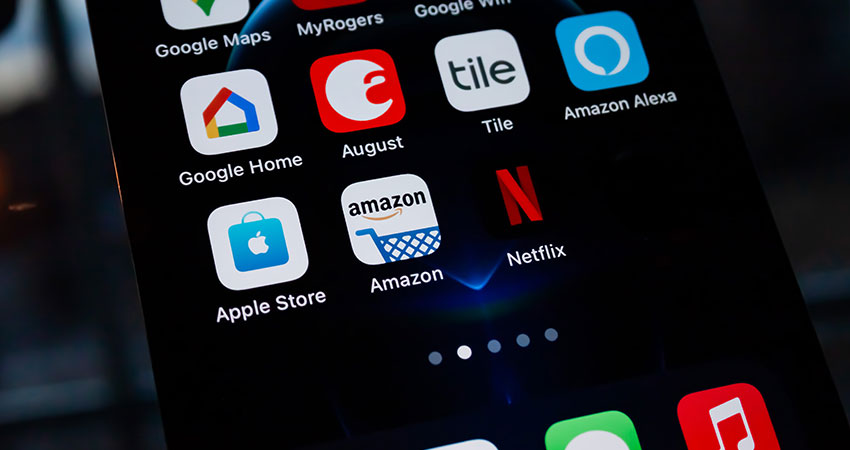Credit: James Yarema, Unsplash
Amazon is providing a new avenue for consumers who receive defective products sold by third parties that cause personal or property damage: Amazon itself will help facilitate the claim process, but the seller remains liable for any damages.
Starting Sept. 1, Amazon’s A-Z policy calls for consumers to contact Amazon directly to file the claim. An administrator then helps facilitate the claim process, including gathering information and seeking a resolution, up to working with the seller’s insurance company. The claim must be placed within 90 days.
The current policy that will soon expire calls for consumers to contact the seller directly.
“We reserve the right to determine the amount, if any, to offer you to resolve your claim, and we may reject claims that we believe are unsubstantiated, frivolous, or abusive, or claims that are not covered by the A-to-Z Claims Process,” Amazon states in the claim policy.
Awards for damages will be limited to the purchase price of the product, or in the case of medical expenses, lost wages and property damage caused by a defective product, up to $1 million. Importantly, Amazon has agreed to pay consumers directly on claims under $1,000 for personal injury or property damage, at no cost to the seller, representing 80% of cases. It also “may step in to pay claims for higher amounts if the seller is unresponsive or rejects a claim we believe to be valid,” Amazon said.
Amazon plans to vet claims both through independent insurance fraud experts and its own fraud and abuse detection systems, according to CNBC.
In July, the U.S. Consumer Product Safety Commission sued Amazon in an attempt to force it to recall dozens of defective products from 3P sellers. The CPSC is also seeking to remove the legal shield that Amazon is a marketplace only and thus not liable for defective products, saying it is a “distributor” by virtue of its FBA program.
A Texas judge ruled in June that Amazon was not liable for damages in connection with a 3P item that caused injury to a toddler, in line with rulings from other states, Reuters reported, but there has been liability found in other states.
The company has faced increasing scrutiny from consumer watchdog groups, regulators and legislators over sale of defective, dangerous, counterfeit and expired goods on its marketplace, where 3P sellers contribute more than half of the revenue.
Juozas Kaziukėnas, founder and CEO, Marketplace Pulse, said Amazon’s decision was a result of a combination of factors: State governments rethinking who is liable and how, the lack of liability insurance among sellers and the desire to reduce legal costs in simple situations.
“Amazon has been in courts regarding liability for years, and some recent court decisions alluded to maybe Amazon being liable even when it’s a third-party seller,” Kaziukenas said. “Another part of it is Amazon requiring sellers to have insurance, but I believe many didn’t, and this launches an insurance accelerator service to get more sellers to get it.”
He added the $1,000 payment is aimed at reducing the number of court cases, as many consumers will likely opt for it rather than committing to a long legal process where they may or may not get a higher settlement.
Amazon is using the power of its platform to influence change where it sees an issue affecting end customers, said Colin Sebastian, a managing director and senior analyst at Baird. “There are merchants that will react more proactively when Amazon approaches them about issues compared to how they might treat an individual shopper,” Sebastian said.
Last year, in response to critics, Amazon created its own anti-counterfeit crimes unit, including former prosecutors. And in May, cybersecurity experts at SafetyDetectives uncovered a database leak that appeared to expose more than 200,000 people involved in a scam where Amazon vendors exchanged free products for fake reviews.

